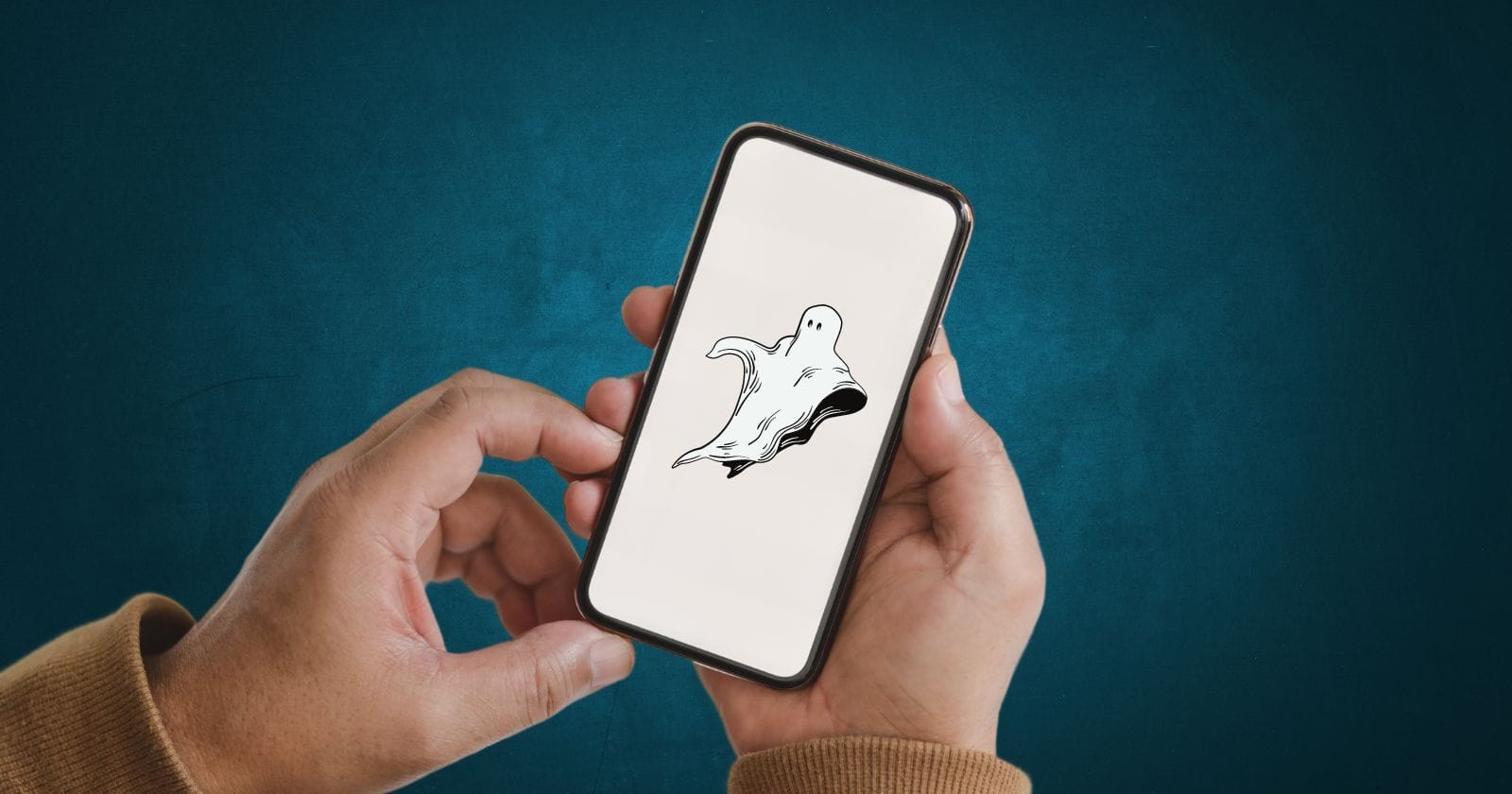Are you one of the many iPhone users experiencing the mysterious phenomenon known as ghost touch? If so, you know just how frustrating it can be. Ghost touch refers to when your iPhone’s screen registers touches or swipes that you didn’t make, often resulting in unintended actions or erratic behavior. This can be especially troublesome when trying to type, navigate apps, or perform other tasks on your device. But If you’re wondering what causes ghost touch on iPhone, you’re not alone. In this post, we’ll dive into the various factors that can trigger ghost touch and provide some practical solutions to help you fix this pesky issue.
What is Ghost Touch?
Before we dive into the causes of ghost touch on iPhone, let’s define what ghost touch actually is. Ghost touch refers to when your iPhone’s touchscreen registers touches or swipes that you didn’t make. For example, you might be typing on your keyboard and notice that the letters you’re typing are different from what’s appearing on your screen. Or you might be swiping through your apps and notice that they’re opening and closing randomly. This can be a frustrating and sometimes even dangerous issue, especially if you’re using your iPhone for important tasks like driving directions or typing an email.
Ghost touch can be caused by a variety of factors, including hardware and software issues. In some cases, it may be a simple fix, while in others, it may require more extensive repairs.
Common Causes of Ghost Touch
So what are the most common causes of ghost touch on iPhones? Let’s take a look.
- Screen damage: One of the most common causes of ghost touch is a damaged screen. If your iPhone’s screen is cracked or scratched, it can interfere with the device’s touch sensors, causing it to register false touches or swipes. In some cases, the damage may be so severe that the device is no longer responsive to touch at all.
- Moisture exposure: Another common cause of ghost touch is exposure to moisture. If your iPhone gets wet or is exposed to high levels of humidity, it can interfere with the device’s touch sensors, causing it to register false touches or swipes. This is why it’s important to keep your iPhone dry and avoid using it in damp or humid environments.
- Faulty software updates: Sometimes, ghost touch can be caused by a faulty software update. If your iPhone’s software is outdated or if there was a problem with the update, it can cause the device to register false touches or swipes. In some cases, the issue may be resolved by simply updating the software to the latest version.
- Malfunctioning hardware: In some cases, ghost touch may be caused by a malfunctioning hardware component, such as the digitizer or touch IC. These components are responsible for detecting touch input on your iPhone’s screen, and if they’re not functioning properly, it can cause the device to register false touches or swipes.
How to Fix Ghost Touch
Now that we’ve explored the common causes of ghost touch on iPhone, let’s look at some methods for resolving the issue.
- Restart your device: Sometimes, a simple restart can resolve ghost touch issues. Try turning off your iPhone and turning it back on again to see if the problem goes away.
- Update your software: If your iPhone’s software is outdated, it can cause ghost touch issues. Make sure you’re running the latest version of iOS by going to Settings > General > Software Update.
- Restore your device: If restarting and updating your software don’t work, you may need to restore your device to its factory settings. This will erase all of your data and settings, so make sure to back up your device first. To do this, go to Settings > General > Reset > Erase All Content and Settings.
- Contact Apple: If none of the above methods work, it may be time to contact Apple support for assistance. They may be able to diagnose and repair the issue or recommend additional steps to take. Keep in mind that if your iPhone is still under warranty or if you have AppleCare+, repairs may be covered at no additional cost.
Preventing Future Ghost Touch
Now that you’ve resolved your ghost touch issues, you may be wondering how to prevent it from happening again in the future. Here are a few tips to keep in mind:
- Use a screen protector: Investing in a screen protector can help prevent scratches and cracks on your iPhone’s screen, which can interfere with its touch sensors.
- Avoid extreme temperature changes: Extreme temperatures can also interfere with your iPhone’s touch sensors, so avoid leaving it in a hot car or exposing it to freezing temperatures.
- Keep your iPhone dry: Moisture exposure is a common cause of ghost touch, so keep your iPhone dry and avoid using it in damp or humid environments.
- Handle your iPhone with care: Be gentle with your iPhone and avoid dropping it or subjecting it to impact.
Conclusion
Ghost touch can be a frustrating and disruptive issue for iPhone users, but understanding its causes and how to fix it can help you get back to using your device as normal. By identifying the common causes of ghost touch, you can take steps to prevent it from happening in the future. If you’re still experiencing ghost touch issues after trying the methods outlined in this article, don’t hesitate to contact Apple support for assistance. Remember, taking care of your iPhone and addressing any issues as soon as they arise can help prolong the life of your device and keep it functioning as it should.



